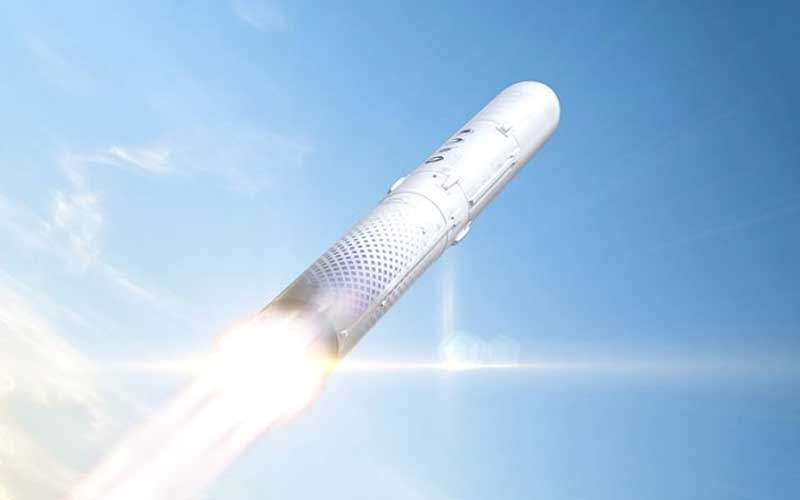
The European Space Agency has announced that it will commission a study to detail the development of a reusable rocket capable of delivering 60 tonnes to low Earth orbit.
In a tender for open competition published on 20 November and then removed later the same day, ESA outlined its European 60T LEO Reusable Launch System Pathfinder initiative. According to the call, a launch system of this kind is necessary to fulfil “critical European space exploration needs beyond LEO, while providing wider space exploitation potentials to answer the growing market opportunities (e.g. mega constellations).”
While the call has since been removed from the ESA tendering platform, the agency has confirmed that the initiative is still being pursued. Speaking to European Spaceflight, an ESA spokesperson explained that the call had simply been released prematurely, before going through the usual steps.
“The activity is under elaboration. Detailed elements will be provided by the beginning of December.”
Europe reusable rocket plan
Currently, only two rockets can deliver 60 tonnes or more to low Earth orbit: SpaceX’s Falcon Heavy and NASA’s Space Launch System (SLS). Blue Origin’s New Glenn, expected to debut in late 2024 or early 2025, will be capable of delivering up to 45 tonnes to LEO. SpaceX’s Starship, currently in testing, aims to carry over 100 tonnes, while China’s new Long March 9 design, which bears a striking resemblance to Starship, is planned to match its payload capacity with a debut flight around 2033.
ESA has been actively pursuing the best approach to meet Europe’s future launch demands with a commercially viable solution through initiatives like PROTEIN, BEST!, and THRUST!.
The agency launched its PROTEIN (Preparatory Activities for European Heavy Lift Launcher) initiative in June 2022, aiming to explore the feasibility of developing a European super heavy-lift rocket with a focus on reducing launch costs. ArianeGroup and Rocket Factory Augsburg were selected to lead studies, with both proposing partially or fully reusable solutions. Earlier this month, ESA published the results of the two studies concluding that the development of a European super heavy-lift rocket was “possible in principle.” The agency did, however, concede that it would be “challenging.”
The European 60T LEO Reusable Launch System Pathfinder initiative seems to build upon the agency’s PROTEIN studies, even though this link is not explicitly stated in the call.
The initiative’s primary objectives encompass several critical goals aimed at laying the groundwork for a future European reusable launch system. These goals include identifying and consolidating end-to-end mission and system requirements, pinpointing critical and enabling technologies, elaborating on public-private risk-sharing models, and developing a detailed pathfinder plan. The project is expected to deliver a range of key outputs, including consolidated high-level requirements, an industrial end-to-end early launch system design, a comprehensive development roadmap, and a programmatic master plan.
This outline appears, at first glance, to be significantly more detailed than what was outlined as part of the PROTEIN initiative. The more detailed plan will likely be part of a proposal presented to member states at the next ESA ministerial-level council meeting in late 2025, where funding will be allocated for its execution.
Update: This story was updated on 21 November to note that the call had been removed from ESA’s tendering system. The update also includes a brief statement from ESA.




